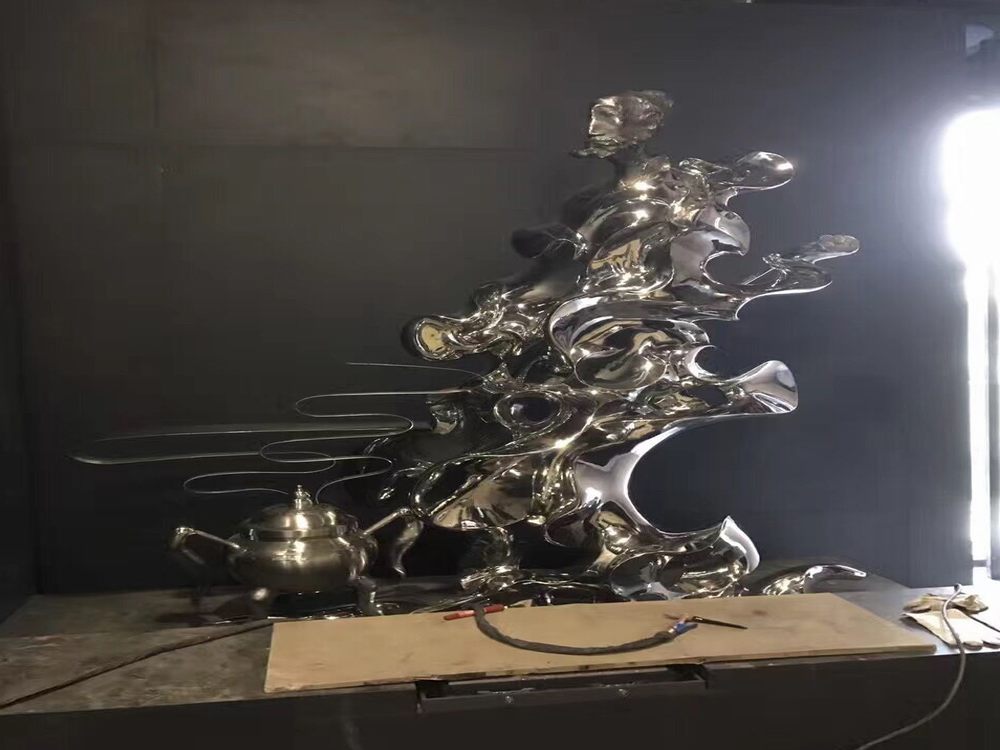
Metal sculptures are transformed from raw forms into stunning artworks through specialized finishing techniques. Polishing is one of the most common methods, where abrasive materials are used to create a smooth, reflective surface that highlights the metal's natural luster. Artists often employ progressively finer grits to achieve mirror-like finishes on bronze, stainless steel, or aluminum pieces.
Sandblasting offers a completely different aesthetic, using high-pressure air to propel abrasive materials against the metal surface. This technique creates uniform matte textures, removes imperfections, and can even produce intricate patterns when combined with stencils. Many contemporary sculptors favor sandblasting for its ability to give metal surfaces a weathered, industrial look.
Powder coating has revolutionized metal sculpture finishing with its durable, colorful possibilities. This electrostatic process applies dry powder that's then cured under heat, creating a tough protective layer available in countless colors and textures. Unlike traditional paint, powder coating resists chipping, scratching, and fading, making it ideal for outdoor installations.
Additional techniques include patination for creating colored oxidation effects on bronze and copper, or wax coatings that protect while enhancing depth. The choice of finishing method depends on the desired visual effect, sculpture location, and metal type. Many artists combine multiple techniques - perhaps sandblasting for texture followed by selective polishing for contrast. These finishing touches not only protect the metal but elevate the sculpture from craft to fine art.

